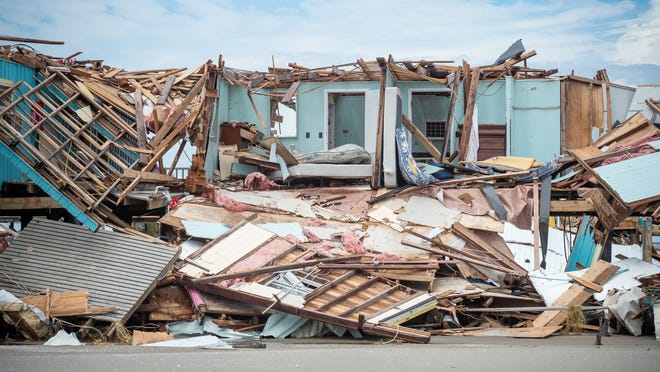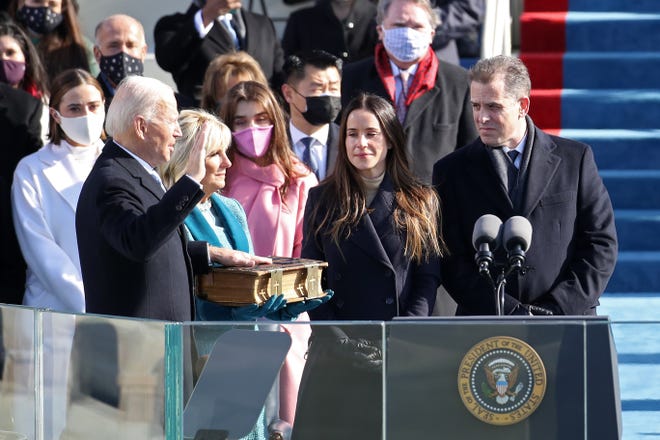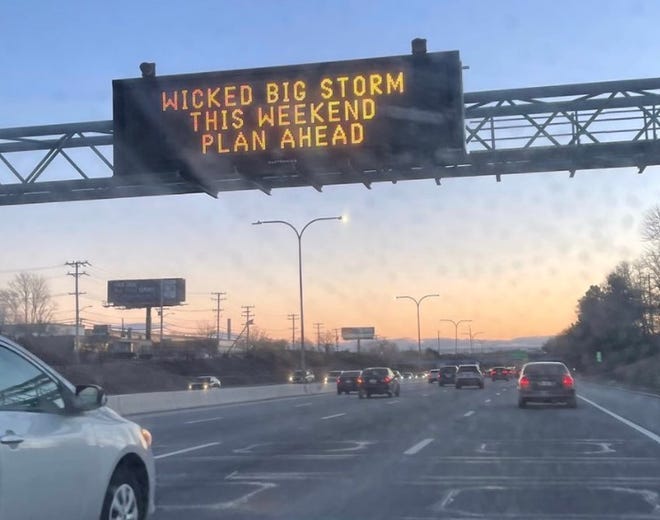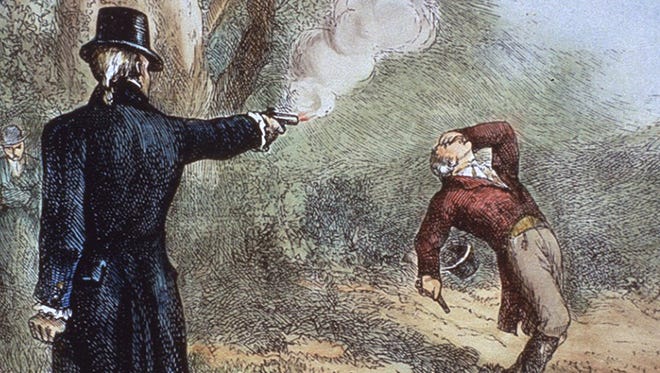
The governors of New York and New Jersey declared states of emergency late Wednesday amid prolific flooding from the remnants of Hurricane Ida that deluged communities throughout the Northeast.
The National Weather Service recorded 3.15 inches of rain in New York’s Central Park in one hour, far surpassing the 1.94 inches that fell in one hour during Tropical Storm Henri on the night of Aug. 21, which was believed at the time to be the most ever recorded in the park.
New York Gov. Kathy Hochul declared a state of emergency Wednesday night as the National Weather Service also warned water-logged New Jersey was at risk for tornadoes.
"Stay off the roads, stay home, and stay safe," New Jersey Gov. Phil Murphy said on Twitter amid dozens of videos going viral on social media, showing streets with rapid-moving water. Murphy declared a state of emergency in all of New Jersey’s 21 counties, urging people to stay off the flooded roads.
Jarring footage showed water inside Newark Liberty International Airport and water rushing into baggage facilities. The airport announced on Twitter that it had suspended all flight activity as of 10:30 p.m.
In Kearny, New Jersey, a roof collapsed at the Postal Service building with people inside, police Sgt. Chris Levchak said. Rescue crews were on scene into the night, with no immediate word on the number of people or severity of injuries.
Dozens of photos and videos on social media showed water pouring into subways across New York City. The subway service was extremely limited on all lines due to the weather, the Metropolitan Transit Authority announced. Other videos showed flooded streets and water pouring into basement apartments.
"If you’re on a train that’s stuck, stay on that train; the safest place tobe is on the train unless you hear otherwise from the conductor," The New York City Subway said on Twitter.
The storm even spurred a confirmed tornado just outside of Philadelphia. Soaking rains prompted the evacuations of thousands of people after water reached dangerous levels at a dam near Johnstown, a Pennsylvania town nicknamed Flood City.
Ida, now a tropical storm but seemingly as unrelenting as ever with torrential rain and fast-moving storm surge, is taking aim at the northeastern U.S. for the next several days. Forecasters fear life-threatening and damaging flooding in towns and highways throughout New England.
In Maryland, one person died after heavy rains from Ida flooded an apartment complex in Rockville, authorities said Wednesday.
And in Pennsylvania, emergency officials rushed to evacuate about 3,000 people below a dam near Johnstown after hours of heavy rains triggered plans to ensure the safety of downstream residents.
Video posted to Twitter showed extensive flooding in the streets Short Hills, New Jersey, and vehicles trapped in floodwaters in North Plainfield, New Jersey. On Reddit, students posted videos of dormitories under water at Rutgers, on the first day of classes.
More than 50 million people in the Northeast alone remained under a flash flood watch or warning, four days after Ida roared ashore in Louisiana as a Category 4 hurricane. The winds had vastly diminished, but the storm was dishing out heavy rain, much of it in areas already saturated by recent deluges.
"Many areas along the path of Ida are likely to have rounds of rain over a 12- to 18-hour period, but intense rainfall can last six to eight hours," AccuWeather Senior Meteorologist Dan Pydynowski warned.
The National Weather Service issued a flash flood watch for New York City until Thursday at 2 p.m. City emergency management officials warned that 5 to 6 inches of rain were expected with locally higher amounts of up to 8 inches possible. Wind gusts could reach 30 mph, authorities said.
Social media users posted video of water running through the streets of Maspeth, Queens, and near John F. Kennedy International Airport.
At Louis Armstrong Stadium in New York City, a U.S. Open match between 2017 runner-up Kevin Anderson and Diego Schwartzman was disrupted as rain forced its way inside despite the closure of a retractable roof.
AccuWeather senior meteorologist Tom Kines said the city is on the edge of a worrisome band of weather so severe that a tornado is "not out of the question."
AccuWeather was forecasting 4-8 inches of rain for parts of West Virginia, Pennsylvania, New Jersey, New York state and southern and central New England. Some areas could see 12 inches of rain, AccuWeather said.
2 million in Louisiana still without power amid stifling heat and shortages
Virginia was bracing for heavy rains, flooding and possibly tornadoes Wednesday. Gov. Ralph Northam declaring a state of emergency. In Washington, D.C., all the city's testing and vaccine sites were closed Wednesday in preparation for the storm.
Baltimore was handing out sandbags. Maryland emergency management officials were warning of winds gusting to 35 mph that could lead to downed trees, potentially causing power outages.
West Virginia Gov. Jim Justice declared a state of emergency in all 55 counties. The National Guard readied 60 members to be assigned where flooding is reported and promised that more guard members would be tapped if necessary.
“Our top priority is always the safety and survival of our fellow West Virginians," said Lt. Col. Walter Hatfield, the guard's director of operations. "We will do everything we can to meet any challenge Mother Nature might throw at us.”
Millions swelter without power: 'Now is really the most dangerous time'
In Pennsylvania, Gov. Tom Wolf signed a proclamation of disaster emergency in anticipation of widespread flooding.
"We are expecting significant rainfall across the state," Wolf said. “I urge Pennsylvanians to ... prepare for potential flooding.”
The weather service in Boston warned of "torrential rain Wednesday night into Thursday... capable of flash flooding." Up to six inches of rain were possible, the weather service said.
"This storm could bring heavy rain as far as southern Maine, southern New Hampshire before it finally goes out to sea" Thursday," Kines said.

Contributing: The Associated Press









